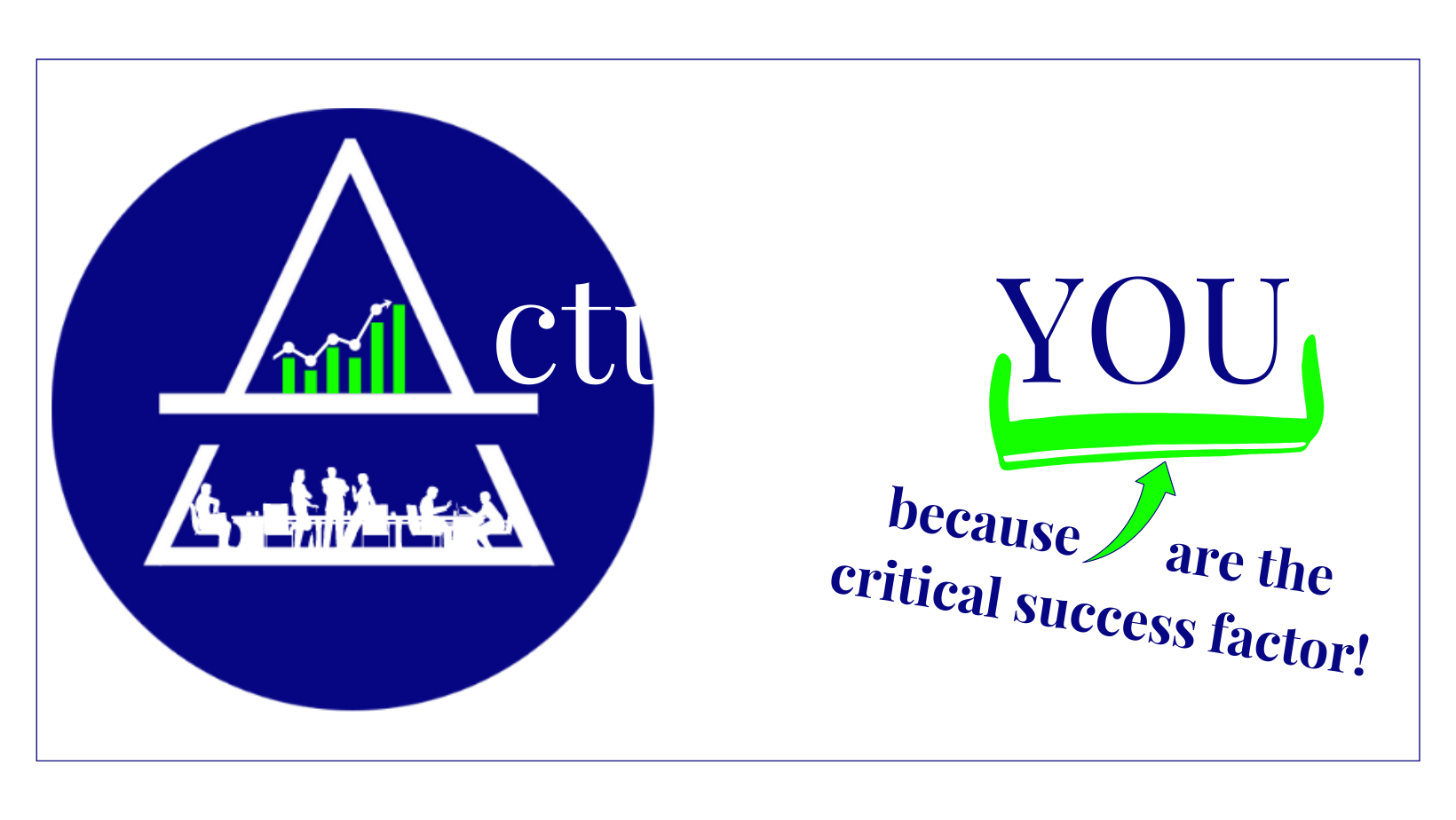
“Communication is key!” If you’ve never heard this statement, let me tell you all about it.
Before we get knee-deep – my name is Jarryd Irvine, a multi-faceted sports and business coach and entrepreneur. Through this medium, I plan to communicate a message to you about communication. Cool, right?
I have explored many methods to optimize our performance simply by communicating better and would suggest that this is a continuous process with much ‘personal-preference’ affecting the success or failure of any given method.
This journey began a while ago but the conceptualizing and frameworking has taken some time, learning and understanding. Let’s say eight years plus? It will probably result in a lifetime of learning a great deal with nothing quite definitive.

As far as communication goes – it’s easy when you have all the resources to communicate with someone: speaking, signalling, demonstrating, listening, responding, and so on.
I did an open-water swim with a blind-triathlete, David, several months ago. This was fascinating and challenging in terms of communication because I had never had to ‘lead’ someone that couldn’t see in water without being able to use hand signals or language.
The water was a murky brown due to heavy rain from the night before. It was a fresh morning of cool air next to the dam. I had never done this before. Immediately I was thinking: “How do I show him where to go?” “What can I do when submerged in water to explain if we’re turning?” These thoughts and further internal dialogue continued.
Some of these were answered by David giving me a red elasticated material band to connect my right leg to his left leg. The biofeedback from this getting more or less tension in the water would allow for him to know whether we were turning left or right respectively.
This wasn’t too much of an issue but I realized quickly to stay clear of his fists hitting my head if we had to pull slightly right. This was a communication challenge I had to solve swiftly.
I suggested at the next turn that I tap him on his left or right shoulder the direction we would be turning. Each tap would mean a 10 degree turn. So a sharp turn meant about 6-10 taps.
As you continue through this, think of the environment (open-water), the noise (blocked ears; movement through the water; blindness) and the medium of communication (a little red band and shoulder taps)
First-off, I would like you to explore the diagram below. This indicates my interpretation of the general flow of communication according to: Sender, Encoding, Message, Decoding, Receiver, Feedback, as well as Noise affecting the sender, the message and the receiver.
Diagram 1: Shannon-Weaver Model of Communication
Why is communication the key? More specifically, why do you think communication could be considered a key mechanism of performance? Furthermore, what can you do differently to allow communication to enhance performance?
One of my colleagues, Twanette Fourie, has a beautiful framework (and business) called MeWeWork. If we use this framework for communication, it’s really simple:
- Focus on the internal thoughts/feelings/actions
- Focus on the interactions with others
- Finally, identify how effectively (or not) all of this operates and functions homogeneously.
My first step: Tackle the basic understanding and interpretation.
- DEFINE what you are trying to understand:
Find out what the definition is of your particular word. In this case ‘communication.’
There are many but this one from Mirriam Webster is valuable: “a process by which information is exchanged between individuals through a common system of symbols, signs, or behavior”. - Then, DETERMINE where you are headed with this clear definition:
Figure out how this aligns (or not) with your current beliefs or understanding. Does it mean what you thought it meant? Do you understand its actual meaning? How does this change your perspective on “communication,” in this case, into the future?
Okay, that’s the basics!
Without technology, we had many forms of communication: languages, including body language, visual communication, music, books, letters, …
With technology, it’s not necessarily forms we’re concerned with, rather the universe of platforms we need to navigate: email, SMS, Facebook, WhatsApp, Twitter, Instagram, TikTok, and many more.

My second step: Identifying key areas of communication and challenges within.
- Internal Comms: This is commonly known as ‘self-talk.’ The things we say to ourselves to make ourselves feel better… or worse… about a situation. Whether we speak the truth or not is another question entirely. One of my favourite positive speakers to listen to is Jim Rohn and he often talked about not faking yourself out. This is really important for internal communication. We need to know when we have valid reasons for things NOT being done in our lives and when we are just using the next excuse in our ‘Personal Handbook of Excuses.’
Key Question: How do you effectively communicate with yourself to succeed? - External Comms: People communicating with people, businesses with businesses, musicians with musicians, etc. We’ve all seen these interactions happen but how often have we actually observed these interactions while we’re having them? It’s interesting to step outside yourself for a bit to see how people are communicating with you and you with them. By doing this, you’ll see several things, including: why a conversation digresses; where you said the wrong thing because either you knew something you shouldn’t or were just too nervous to think or speak clearly in front of a person with a strong personality; how you got distracted by something insignificant behind the other person.
Key Question: How can you restore a digressed conversation without conflict? - Relayed Comms: Ever played a game of broken telephone? Then you know why this is a challenge. This is different to external comms in the sense that there is a chain of communication whereby the initial message is relayed from one party to the next until it reaches all or the intended party. This is why paper trails are crucial to a successful legal case or even a simple dispute resolved by any given HR department.
Key Question: How can you decrease the noise in your relayed message?

My third step: Design a handful of useful tools for yourself to optimize performance.
Now, of course you were hoping I would give these to you. Unfortunately there is no silver-bullet.
These things take time, energy and reflection to develop. This is why I have been asking so many questions leading up to this point.
It is clear that performance in business and performance in sports does not follow the same stipulations. In sport, sleep, nutrition and coach-athlete relationships are critical elements of performance, BUT these are not even evidentially relevant in job performance considerations.
It does beg us to ponder why… What are the disparages and misconceptions between athletes and business-people that exist in the world? Why do athletes not learn from businessmen in academic research or vice versa? Perhaps I can discuss this in the future.
For now we are focused on communication. In the table below, I outline the “Key Questions” as in my second step and reflect on them for myself, as well as indicate some tools I have used to help me enhance overall performance.
Table 1: Key Question Reflection & Ideas
| Key Question | Tools or Ideas for Performance Enhancement |
| How do you effectively communicate with yourself to succeed? | Acknowledge the commitment I have madeConsider whether I have a reason or excuse for not getting tasks doneSuggest changes that need to happen for task completionIdentify high-priority vs. low-priority tasksSchedule extra time between commitments with myself or othersUtilize resources like iCalendar or email scheduling to secure commitments |
| How can you restore a digressed conversation without conflict? | Take a couple of seconds to actually think about what is going on before progressingRevisit the last point of agreementDo not stammer or stutter through maybes or questionablesUnderstand the heart of the conversation or discussion beforehandAsk qualitative and informal questions to lighten the atmosphereMeasurement tools are usually helpful here: Recording softwareMeeting minutesProject/Financial tracking programsIdentifying where the conversation digressed and using information to exclude any emotion that might cause conflictRedirect the conversation if necessary – focus on their likes/dislikes to find common ground again |
| How can you decrease the noise in your relayed message? | Wait for an appropriate time to deliver messagesListen attentively by either writing notes or finding a focus point – usually eye-contact is good but can be intense if you do not know each other wellGather all the objective facts about the message and extract the emotion or subjectivitySeek input from superiors with greater knowledge or understanding of the message Do additional research on a topic as is required to gain insight Use diagrams or models to explain your message better |
Lastly, enjoy the process of communicating.
Most of us have met someone with learning challenges, deafness or dumbness, from another country that speaks a different language, or is blind to ‘see’ what communication is as discussed in my open-water experience.
The only way we can accomplish important tasks in life is with other humans. Sometimes we want Jim to change what he is doing, but maybe this is not necessary or possible.
What is possible? I can only change the questions I ask or things I say or do to encourage the response I would like to receive. If the start of the communication process begins with the end in sight, the result would be high quality, low frequency and infinitely more productive.

About Jarryd Irvine (Author)
I am a Christian athlete, entrepreneur, virtual performance coach, podcaster, and musician. My core framework is to design developmental foundations, work through highs and lows of motivation, and proceed to an opportunity of optimization in work, life and leisure.
Sources of Information & Considerations:
- Two-Step Flow Model of Communication: https://www.britannica.com/topic/two-step-flow-model-of-communication
- Shannon-Weaver Model of Communication: https://www.researchgate.net/publication/306143640_Systemic_theories_of_communication
- Factors affecting human performance: https://www.nickols.us/factors_affecting_performance.htm
- Factors affecting athletic performance: https://www.researchgate.net/figure/Factors-affecting-athletic-performance-modified-from-Stone-et-al-81-Adapted-with_fig1_279327274


Leave a Reply